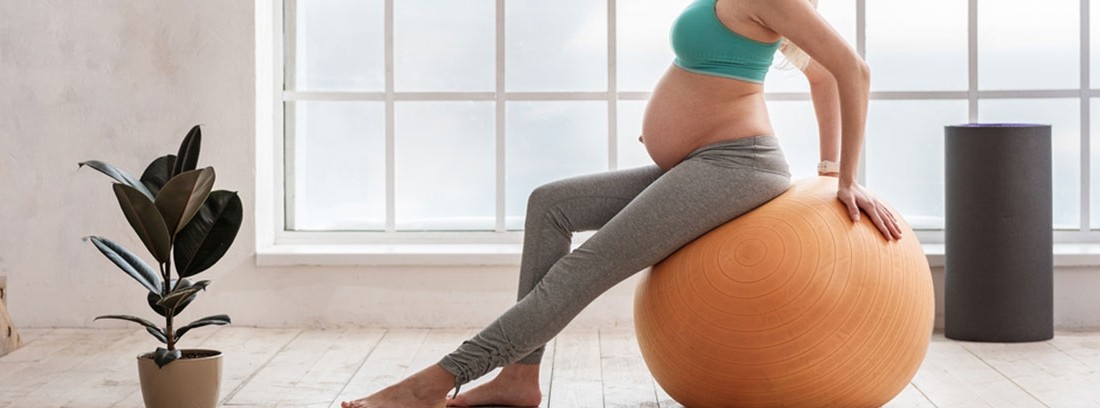Benefits of prenatal Pilates

1. Breathing to regulate oxygen consumption
The rate of respiration increases during pregnancy. The diaphragm rises due to changes in the placement of the rib cage, which can increase oxygen consumption by 15-20%. This increase can cause the body to have to work harder to maintain adequate oxygen levels for the developing fetus. This can alter a woman's oxygen availability during exercise, resulting in decreased endurance and a sensation of shortness of breath.
2. Stretches to relax the joints
Hormonal changes contribute to joint laxity which can increase the risk of injury and soft tissue weakness. The ligaments of the spine will be affected, especially those of the lumbar and sacral area. The main hormone of pregnancy will be RELAXIN.
3. Specific exercises to avoid incontinence
64% of women experience incontinence during pregnancy, which can be reduced by strengthening the pelvic floor muscles. The Pilates exercises are very effective to help prevent incontinence by strengthening the muscles of the pelvic floor and the stimulation of its fibers.
Other advantages of the Pilates method during pregnancy
- Helps maintain the correct weight.
- Helps regulate the control of fatigue.
- Maintains or slightly raises muscle tone and endurance.
- Improve posture.
- It can improve sleep.
- Helps prevent back pain and urinary incontinence.
- Reduces the risk of blood clots,, leg cramps and leg swelling.
- Increase and improve body awareness to correct wrong body mechanisms.
- Prepares the upper body for the demands of baby care and for the demands of breastfeeding.
- Prepares the lower body for the demands of weight gain.
- Prepares the pelvic floor to support weight gain, birth, and sex during pregnancy.
- Improves mood, body image and reduces postpartum depression.
- Helps to recover the figure earlier after childbirth.
Contraindicated during pregnancy if: you have pain, bleeding, high blood pressure, fever, headache with blurred vision and placenta previa.
Circumstances to take into account
- Rectal diastasis: The connective tissue that joins both sides of the rectus abdominis, called the linea alba, can separate due to excessive stretching of the abdominal wall and hormonal changes during pregnancy. This usually occurs in the last phase of pregnancy but is possible after 12 weeks.
- Supine Hypotensive Syndrome: When lying on the back, the uterus can compress the vena cava, lowering the oxygen levels of the fetus and the mother. This can occur from 12 weeks but is more normal after 20 weeks, between the second and third trimesters. If the woman suffers from dizziness, she should lie on the left side, where the pressure on the vena cava will be minimized.
- Diastasis of the symphysis pubis: The pubis can separate or distend, affecting the integrity of the pelvic girdle and the sacroiliac joints, this is due to hormonal changes and joint laxity.
Avoid excessive stretching and work on the adductors and abductors. Keep ranges of motion small. Be careful if in some cases the sitting compromises the pubis, then it will be better to sit the client on a raised surface or Stability Ball, since this reduces the pressure or work in quadrupeds that relieves the pressure.
What you should know:
- Changes in the woman during pregnancy: breathing, laxity of the joints, body temperature and incontinence.
- Benefits: maintain the correct weight, control fatigue, maintain muscle tone, improve sleep, reduce the risk of blood clots, improve posture, prepare pelvic floor ...
- Contraindications to doing Pilates if any: pain, bleeding, high blood pressure, fever, placenta previa ...
(Updated at Apr 13 / 2024)